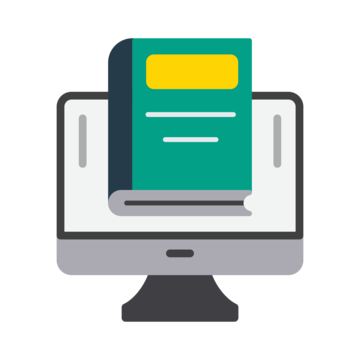Total 65 Questions |
Updated On: Apr 10, 2025
Free Practice iSQI CTAL-TM_Syll2012DACH Exam Questions 2025
Stay ahead with 100% Free ISTQB Certified Tester Advanced Level - Test AnalystISTQB Certified Tester Advanced Level - Test Manager (Syllabus 2012, D, A, CH only) CTAL-TM_Syll2012DACH Dumps Practice Questions
Page: 1
/ 13
Question 1
Test Management
You are the Test Manager of a new project aimed at developing a software system that
must be certified at level B of the DO-178B standard. The project will follow a V-Model
software development life cycle and it will have four formal levels of testing: component,
integration, system and acceptance testing.
You must produce the test plan documentation for this project by providing an adequate
coordination across the four levels of testing in order to assure auditability.
Which of the following answers would you expect to best describe how to organize the test
plan?
Number of correct responses: 1
K3 2 credits
Answer: C
Question 2
The following are the requirements identified as “critical”:
REQ-SEL-001. The user shall be able to combine all the three products with all the four
durations to define an item to purchase
REQ-SEL-002. The user shall be able to add a maximum of six different items to the
shopping cart
REQ-PUR-001. The user shall be able to purchase all the items in the shopping cart using
a credit voucher
REQ-PUR-002. The user shall be able to purchase all the items in the shopping cart using
the available credit already charged on the smartcard
REQ-PUR-003. The user shall be able to purchase all the items in the shopping cart using
all the accepted credit cards (Visa, MasterCard and Great Wall Card)
REG-LOGO-001. The user shall be able to logout (by clicking the logout button) from both
the “select” and “purchase” pages going back to the “browse” page (anonymous
navigation)
Moreover the following quality risk item has been identified as “critical”:
QR-P1. The web customer portal might not be able to provide the expected response time
(less than 10 sec) for the purchase transactions under a load of up-to 1000 concurrent
users
Test analysis for system testing has just begun and the following test conditions have been
identified:
TC-SEL-01. Test the combinations of products and durations to define an item to purchase
TC-SEL-02. Test the maximum number of items, which can be added to the shopping cart
TC-PUR-01. Test the purchase of an item
TC-PUR-02. Test the purchase of an item with the credit charged on the smartcard
What is the MINIMUM number of test conditions that must be added to fulfill both the
EXCR1 and EXCR2 exit criteria?
Number of correct responses: 1
K3 2 credits
Answer: C
Question 3
Topic 2, Test Management
Test Management
Which of the following statements about management of product quality risks in mature
organizations with respect to the lifecycle, is true?
Number of correct responses: 1
K2 1 credit
Answer: B
Question 4
Test Tools and Automation
In your organization the following tools of the same vendor are currently in use: a
requirements management tool, a test management tool and a bug tracking tool.
You are the Test Manager.
You are currently evaluating a test automation tool of the same vendor (to complete the
vendor's tool suite) against an interesting open-source test automation tool under the GNU
GPL (General Public License).
There are no initial costs associated to that open-source tool.
Which of the following statements associated to the selection of the open-source tool is
correct in this scenario?
Number of correct responses: 1
K2 1 credit
Answer: B
Question 5
Test Management
You are managing the system testing for a SOA based system. The integrated system
consists of several subsystems:
- a SOA middleware
- a CRM (Customer Relationship Management) system
- a BRM (Billing and Revenue Management) system
- a SMS (Subscriber Management System) system
and you performed a risk analysis based on these subsystems.
At the end of the scheduled period for test execution you produce a first classical report
based on the traditional metrics of testing. Test pass/fail status and bug status
(open/resolved) That table provides you a distorted picture of the quality risk, because
there is no indication of the risk level of the failed tests, the tests not run, or the open bugs.
Thus, you produce the following table to solve this distortion issue:

In the table above, where you have introduced the concept of risk weighting, the highest
risk test or bug report has a score of 1, while the lowest risk test or bug report has a score
of 0.04.
Which of the following subsystems, based on the risk scores of the table, is most risky?
Number of correct responses: 1
K4 3 credits
Answer: B
Page: 1
/ 13
Total 65 Questions |
Updated On: Apr 10, 2025
© Copyrights TheExamsLab 2025. All Rights Reserved
We use cookies to ensure your best experience. So we hope you are happy to receive all cookies on the TheExamsLab.


